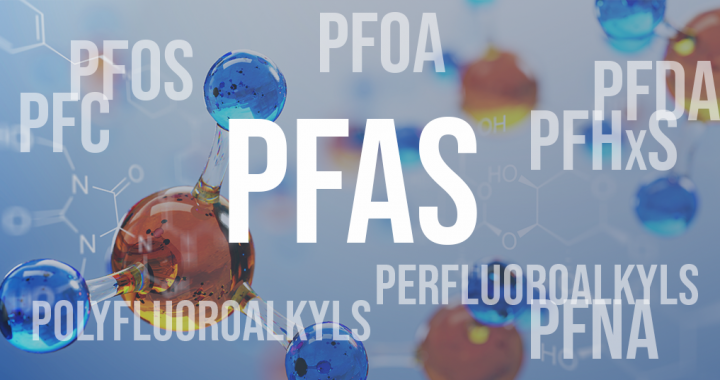U.S. EPA has published and/or updated Health Advisories (HAs) for the following four PFAS:
- Perfluorooctanoic Acid (PFOA) – 0.004 parts per trillion (ppt)
- Perfluorooctane Sulfonate (PFOS) – 0.02 ppt
- Hexafluoropropylene Oxide (HFPO) Dimer Acid and its Ammonium Salt, also known as “GenX chemicals” – 10 ppt
- Perfluorobutane Sulfonic Acid and its Potassium Salt (PFBS) – 2,000 ppt
A link to the U.S. EPA HAs can be found here for PFOA and PFOS and here for GenX and PFBS.
Practical Implications
First, it should be noted that HAs for PFOA and PFOS are currently below common analytical detection limits. The EPA currently considers the Fifth Unidentified Contaminant Monitoring Rule (UCMR5) minimum reporting level of 4 ppt as the minimum quantitation level that can be achieved with 95 percent confidence by capable analysts at 75 percent or more of the laboratories using either Methods 544 or 537.1 for PFOA and PFOS. In this scenario, detections of PFOS or PFOA will indicate exceedances. As laboratories improve analytical detection limits, PFOS/PFOA screening at low concentrations will become viable.
Second, the HAs outline a methodology for assessing non-cancer risk (hazard index) from PFAS mixtures (specifically, PFOS, PFOA, HFPO, and PFBS). However, because detection limits for PFOA and PFOS currently exceed the HAs, any detection of PFOA or PFOS will result in a hazard index greater than 1, indicating a non-cancer risk at the site.
More about PFAS Health Advisories
HAs provide technical information on chemicals that can cause human health effects and are known or anticipated to occur in drinking water. HA levels identify contaminant concentrations in drinking water at which adverse health effects are not anticipated to occur over specific exposure durations (e.g., 1 day, 10 days, a lifetime).
HAs are developed to primarily inform officials responsible for drinking water systems and others responsible for protecting public health when emergency spills or other contamination situations occur. Importantly, HAs are not legally enforceable federal standards and are subject to change as new information becomes available. The HAs for PFOA and PFOS are revisions of prior values published first in 2009 (provisional) and finalized in 2016.
EPA anticipates developing HAs for additional PFAS or categories of PFAS as the Agency completes ongoing toxicity assessments, in accordance with its PFAS Strategic Roadmap.
Let Us Help
At this time, EPA is continuing PFAS risk assessment, and the States and Department of Defense are reviewing the toxicological science that EPA has shared in support of the HAs. Contact EnSafe’s PFAS team for assistance in evaluating HAs and coordinating with state and federal regulators.
